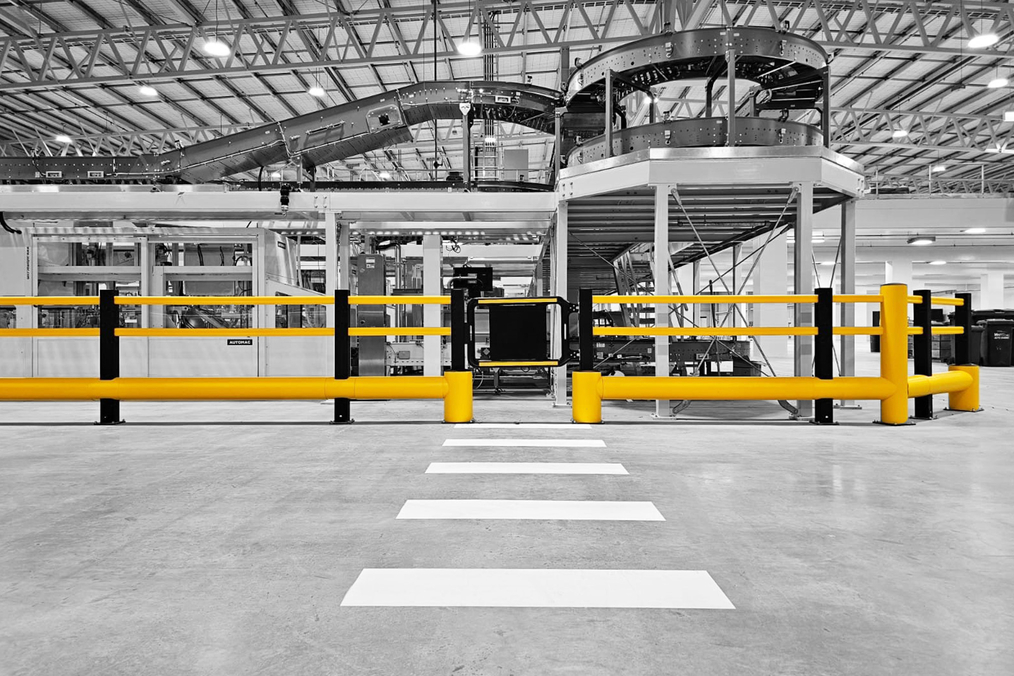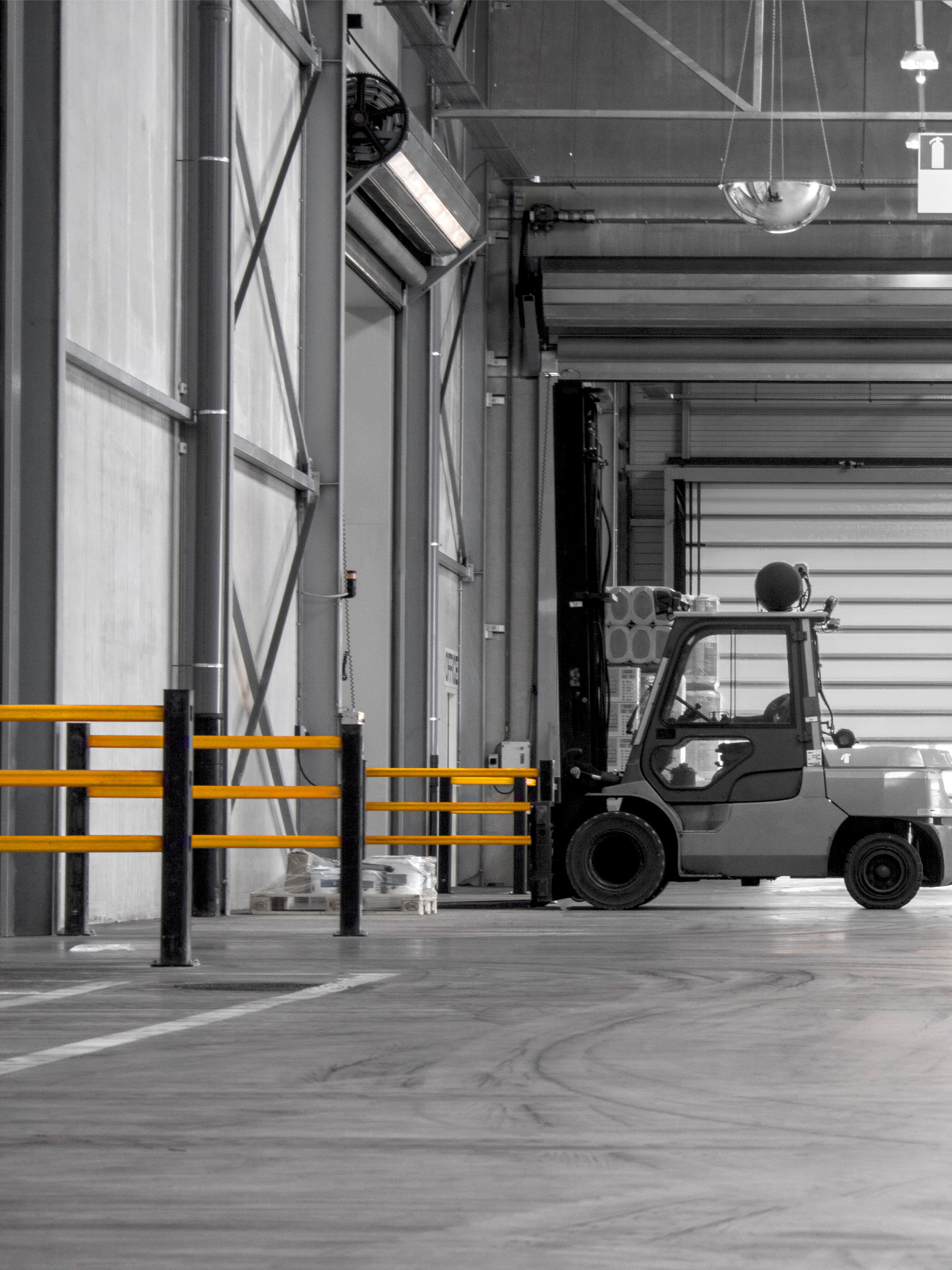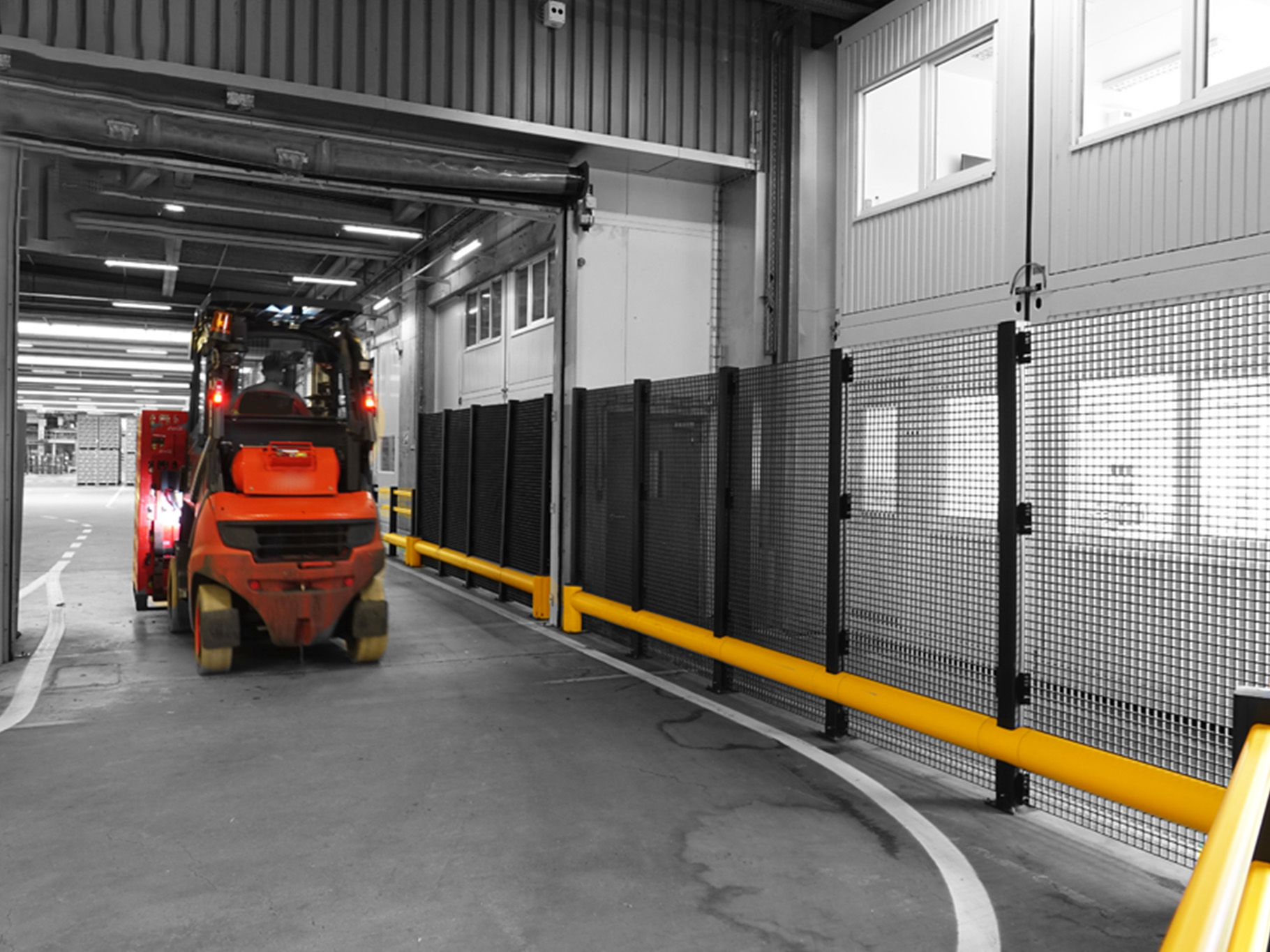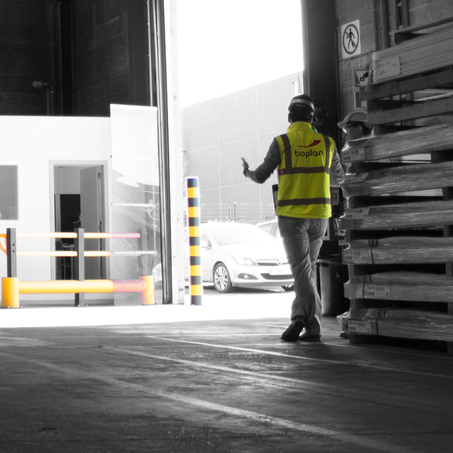How to conduct a risk assessment using the Kinney method
A risk assessment is the first step toward creating a safe workplace. There are several methods to conduct a risk inventory and evaluation (RI&E), or risk assessment for short. This article examines the Kinney method, also known as the Fine-Kinney method.

WHAT IS THE KINNEY METHOD?
Formula
The Kinney method is a quantitative approach for classifying and ranking workplace risks. Using this as a foundation, you can implement appropriate measures to safeguard health and safety at work. This method is not intended to identify the risks themselves, but to help you classify and rank them. The highest risks take priority when implementing measures to enhance safety.
To determine the magnitude of the risk, multiply the value of three factors: the outcome or severity of the damage, the frequency of exposure, and the likelihood of occurrence. A risk class can then be assigned to the situation: low, medium, or high.
R = S x F x L
What risk class does the formula determine?
The result of multiplying the three factors (R = S x F x L) determines a risk class:
- Low risk class (R = 0 to 20): No measures necessary
- Medium risk class (R = 21 to 70): Attention required
- High risk class (R = more than 70): Immediate action required
Overview of the different values for each factor
What is the consequence or severity of the damage (S)?
If a risk occurs, what is the impact? Five possible scores apply:
- A score of 1: Low injury, low disruption
- A score of 3: Significant injury, but recovery possible
- A score of 7: Serious and irreversible outcome, disability
- A score of 15: Very serious, one death
- A score of 40: Several deaths
What is the frequency of exposure (F)?
How frequently are workers exposed to the hazard? There are six possible scores:
- A score of 10: Continuously
- A score of 6: Regularly, daily
- A score of 3: Occasionally, weekly
- A score of 2: Occasionally, monthly
- A score of 1: Rarely, annually
- A score of 0.5: Very rarely, less than once per year
What is the likelihood (L)?
There are seven possible scores indicating the likelihood of a risk occurring:
- A score of 10: Almost certainly
- A score of 6: Extremely likely
- A score of 3: Likely
- A score of 1: Possibly, but unlikely
- A score of 0.5: Not likely at all
- A score of 0.2: Almost impossible
- A score of 0.1: Virtually unthinkable
EXAMPLE OF RISK OF COLLISION BETWEEN A FORKLIFT AND A PEDESTRIAN
THE KINNEY METHOD: EXAMPLE
Let's apply the Kinney method to a practical example, estimating the risk of a pedestrian being struck by a forklift. In this example, we assume there are no safety barriers or floor markings in the warehouse.
The distribution center in our example is a logistics hub with significant forklift traffic. Therefore, the likelihood of a collision with a pedestrian is substantial. We rate the likelihood (L) as "extremely likely" (score of 6). The traffic is not separated, with pedestrians and forklifts often ending up in each other's way. Therefore, the exposure frequency (F) is 3 (occasional). A pedestrian in a forklift accident may sustain serious, permanent injuries. In the worst-case scenario, this could lead to long-term or permanent disability. The effect (S) is therefore categorized as "serious" (score of 7). Applying the formula (L6 x F3 x S7 = 126) results in: a high-risk class.
In this practical example, there is an evident safety risk in the workplace. Immediate precautions are necessary. Safety barriers are crucial to protect employees and infrastructure.
What are the advantages of the Kinney method?
The Kinney method provides a straightforward way to obtain an initial risk magnitude assessment. It also helps prioritize which issues to address. After implementing measures, you can assess the outcome by recalculating the risk class.
What are the drawbacks of the Kinney method?
The Kinney method is not ideal for risks with severe consequences. An adverse event causing severe injury is equally catastrophic whether it has an exposure frequency of 1 (rare) or 6 (common). In both cases, the risk class can vary greatly, potentially making a risk appear acceptable when it is not.
- S7 x F1 x L1 = 7 (low risk; no action required)
- S15 x F6 x L1 = 90 (high risk; immediate action required)
The first scenario is a serious accident (S7), while the other is a very serious accident (S15). In both scenarios, it is crucial to prevent the accident from occurring altogether. In other words, the exposure frequency is not the key factor here.

After completing a risk assessment, the next logical step is to develop a traffic plan. This involves mapping the traffic flows in your workplace and identifying the bottlenecks.



